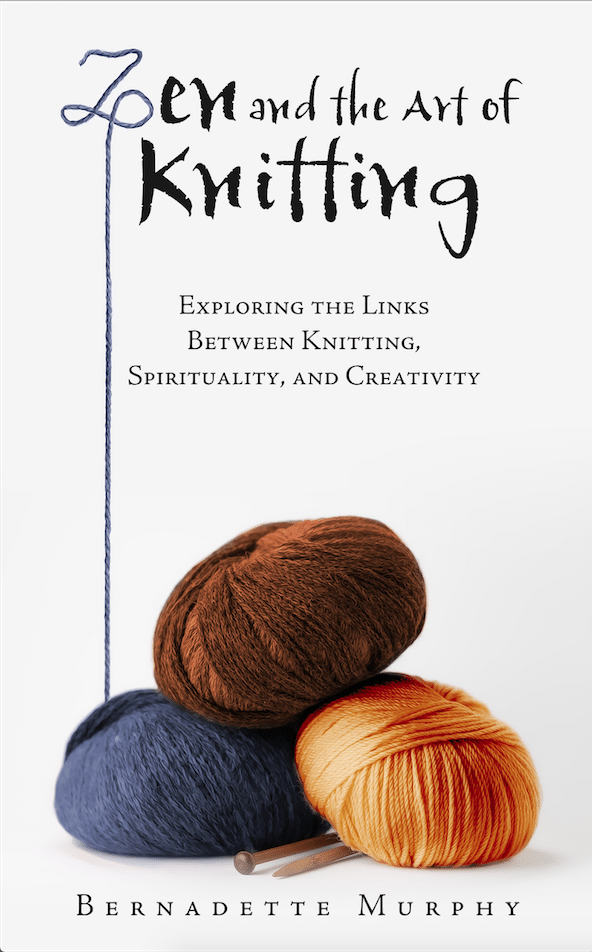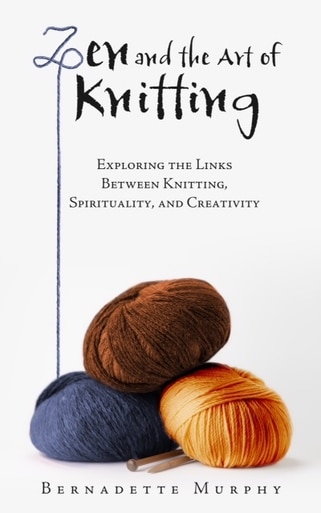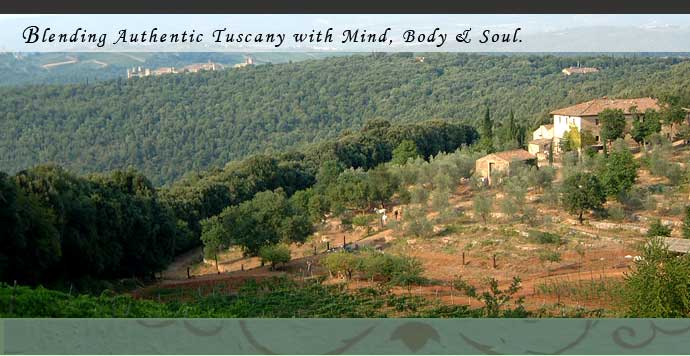By Bernadette Murphy
The New York Times recently focused on all the ways handcrafts like knitting and crocheting offer health benefits – from reduction in daily stress and to giving knitters a sense of purpose, to weight control, and even staving off a decline in brain function as we age.
Many have speculated that knitting itself constitutes a genuine meditative practice, something I was curious to explore. In the more traditional forms of meditation, those typically associated with Eastern religions, meditation is defined as a state of “bare attention.” As Ron Nairn puts it in What Is Meditation? meditation is “a highly alert and skillful state of mind because it requires one to remain psychologically present and ‘with’ whatever is happening in and around one without adding to or subtracting from it in any way.”
According to Psychology Today, the physical act of meditation can consist of sitting quietly and focusing on your breath, a word, or a phrase; the meditator may also be walking or standing.
The image we all carry of a person tied into lotus-position knots, sitting in a candlelit, incense-choked room, hands held upward, saying “ohm” in a low, sonorous voice may be a limited construct. There are countless ways, it seems, to practice meditation.
Researchers agree that the practice of meditation has untold health benefits–improvements that can be gleaned from as little as ten minutes of meditation (or knitting) on a regular basis. These benefits include increased alpha waves (the relaxed brain waves) and decreased anxiety and depression. Researchers at Harvard Medical School used MRI technology to monitor participants’ brain activity and learned that meditation activates the portion of the brain responsible for the autonomic nervous system (the regulator of bodily functions outside our conscious control) including digestion and blood pressure “These are also the functions that are often compromised by stress,” Cary Barbor reported in Psychology Today. “It makes sense, then, that modulating these functions would help to ward off stress-related conditions such as heart disease, digestive problems, and infertility.” Continue Reading…








